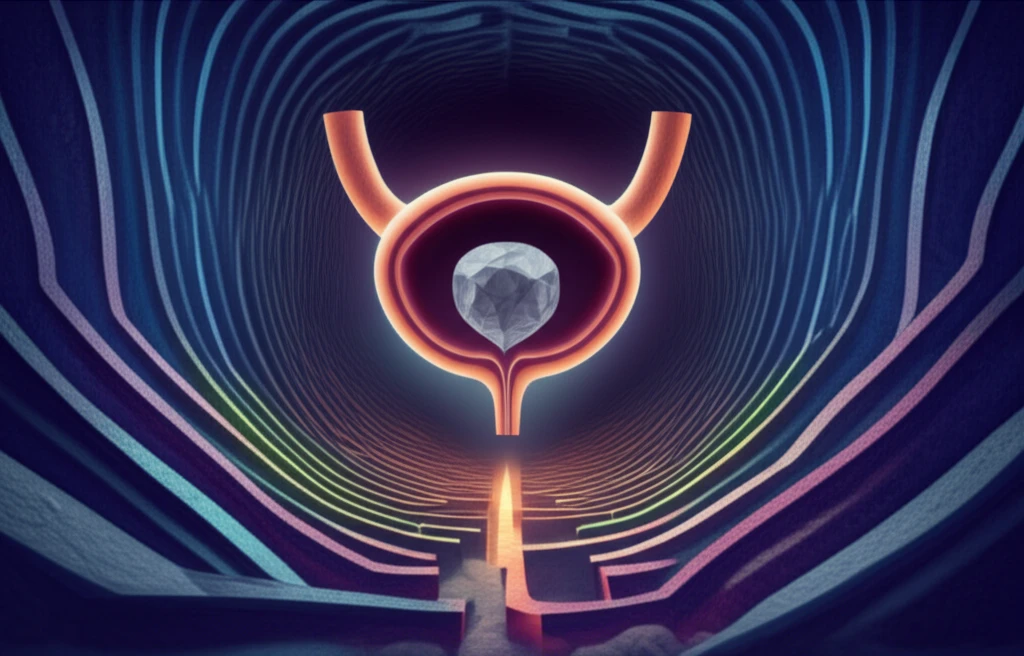
Hidden Stones: When Standard Procedures Can't Reach Your Bladder
"Discover how interventional radiologists are using innovative techniques to overcome unique anatomical challenges in bladder stone removal, offering new hope for patients with previous Mitrofanoff repairs."
Bladder stones can be a painful and disruptive condition. While common treatments often involve transurethral or open surgical techniques, these approaches aren't always feasible for everyone. This is especially true for individuals with unique anatomical considerations, such as those who have undergone Mitrofanoff procedures.
Mitrofanoff procedures, typically performed in childhood to create a continent urinary diversion, can alter the bladder's anatomy, making traditional stone removal methods difficult or impossible. In these cases, interventional radiologists are stepping in with innovative techniques like percutaneous suprapubic cystolitholapaxy (PSCL) to provide relief and improve quality of life.
This article explores how PSCL is being adapted for adult patients with previous Mitrofanoff repairs, highlighting the considerations and expertise interventional radiologists bring to these complex cases. Learn how this specialized approach offers a safe and effective alternative when standard procedures aren't an option.
PSCL: A Tailored Solution for Complex Cases

Percutaneous suprapubic cystolitholapaxy (PSCL) is a minimally invasive procedure that involves accessing the bladder through a small incision in the abdomen. While PSCL is frequently used in children, its application in adults, especially those with prior Mitrofanoff repairs, requires careful planning and specialized knowledge. The main goal of PSCL is to effectively remove bladder stones while minimizing the risk of complications and preserving the integrity of the Mitrofanoff channel.
- Stone Location: Determining the precise location of the bladder stones is crucial for planning the optimal access point.
- Presence of Ureteric or Renal Calculi: Assessing whether there are additional stones in the ureters or kidneys helps determine the scope of the procedure and whether additional interventions are needed.
- Surgical Scar Location: The location of any previous surgical scars can influence the choice of access site and may require adjustments to the standard approach.
- Variant Anatomy: Identifying any anatomical variations, such as ectopically located kidneys, is essential for avoiding complications and ensuring a successful outcome.
A New Era of Hope
Percutaneous suprapubic cystolitholapaxy offers a valuable alternative for patients with previous Mitrofanoff repairs who are not suitable candidates for traditional bladder stone removal methods. This minimally invasive approach allows interventional radiologists to effectively remove stones while preserving the integrity of the urinary diversion and minimizing the risk of complications.
As the population of adults with previous Mitrofanoff repairs continues to grow, PSCL is poised to become an increasingly important tool in the management of bladder stones in this unique patient population. By staying abreast of the latest techniques and considerations, interventional radiologists can play a vital role in improving the quality of life for these individuals.
The success of PSCL in these complex cases underscores the importance of collaboration between urologists and interventional radiologists. By working together, these specialists can provide comprehensive and individualized care for patients with challenging anatomical considerations, ensuring the best possible outcomes.
